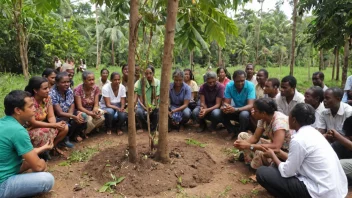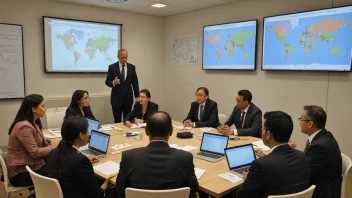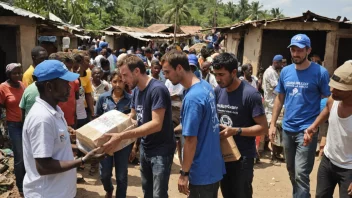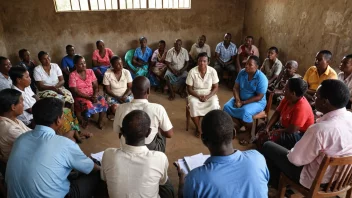In today’s fast-paced world, disasters—whether natural or man-made—pose significant threats to communities globally. While traditional disaster response models have long been in place, a new wave of youth-led initiatives is emerging, bringing fresh perspectives and energy to disaster management. This article will explore the differences, advantages, and challenges of youth-led disaster response initiatives compared to traditional models, highlighting how young leaders are shaping the future of humanitarian aid.
Understanding Traditional Disaster Response Models
Traditional disaster response models typically involve established governmental and non-governmental organizations (NGOs) that have structured protocols in place. These organizations often rely on experienced professionals and established hierarchies to manage disaster relief efforts.
Pros of Traditional Models
- Experience: Established organizations have years of experience in disaster management, allowing for systematic and effective responses.
- Resources: Traditional models often have access to substantial funding, equipment, and trained personnel.
- Coordination: Large organizations can coordinate with various stakeholders, including governments, to ensure a comprehensive response.
Cons of Traditional Models
- Bureaucracy: The hierarchical nature can lead to slow decision-making processes, which may hinder timely responses.
- Disconnection: Large organizations may lack a nuanced understanding of local needs and cultural contexts.
- Limited Youth Involvement: Traditional models often overlook the potential contributions of younger generations in planning and implementation.
What Are Youth-Led Disaster Response Initiatives?
Youth-led disaster response initiatives are grassroots movements driven by young people. These initiatives often focus on community engagement and innovative approaches to disaster preparedness and response, leveraging technology and social media to raise awareness and mobilize resources.
Pros of Youth-Led Initiatives
- Fresh Perspectives: Young leaders often bring innovative ideas and approaches that challenge outdated practices.
- Community Engagement: Youth-led initiatives typically emphasize community involvement, ensuring that responses are tailored to local needs.
- Agility: These initiatives can often respond more quickly due to less bureaucratic red tape.
- Empowerment: Involving youth fosters a sense of ownership and responsibility within communities.
Cons of Youth-Led Initiatives
- Lack of Resources: Youth-led initiatives may struggle with funding and access to necessary materials.
- Inexperience: Younger leaders may lack the experience that seasoned professionals possess in crisis management.
- Coordination Challenges: Grassroots movements may find it difficult to coordinate with larger organizations or government agencies.
Key Differences Between Youth-Led and Traditional Models
The differences between youth-led disaster response initiatives and traditional models are significant and impact their effectiveness in various ways.
Decision-Making Processes
Traditional models often involve multi-level decision-making, which can slow down response times. In contrast, youth-led initiatives typically allow for rapid decision-making, enabling them to act swiftly in a crisis.
Engagement with Communities
While traditional models may engage with communities, youth-led initiatives often prioritize grassroots involvement, ensuring that local voices are heard and integrated into response planning.
Focus Areas
Traditional models may focus more on logistics and resource distribution, whereas youth-led initiatives often emphasize awareness campaigns, education, and community empowerment.
Case Studies: Successful Youth-Led Initiatives
Examining successful youth-led disaster response initiatives can provide valuable insights into their effectiveness. For instance, the Global Youth Emergency Network has mobilized young people worldwide to respond to crises, emphasizing local solutions and peer education. Similarly, the Youth for Disaster Risk Reduction initiative focuses on training young leaders to engage their communities in disaster preparedness.
How to Get Involved in Youth-Led Disaster Response
Individuals interested in supporting youth-led initiatives can do so in several ways:
- Volunteer: Join local youth organizations focused on disaster response.
- Advocate: Raise awareness about the importance of youth involvement in disaster management.
- Educate: Share knowledge and resources with young leaders to empower them in their initiatives.
Conclusion
Both youth-led disaster response initiatives and traditional models have unique strengths and weaknesses. While traditional models offer experience and resources, youth-led initiatives bring innovation and community engagement to the forefront. The future of disaster response may lie in a collaborative approach that incorporates the strengths of both models, ensuring that responses are effective, timely, and deeply rooted in the communities they serve. By empowering young leaders and recognizing their contributions, we can create a more resilient world capable of facing the challenges of disasters.






